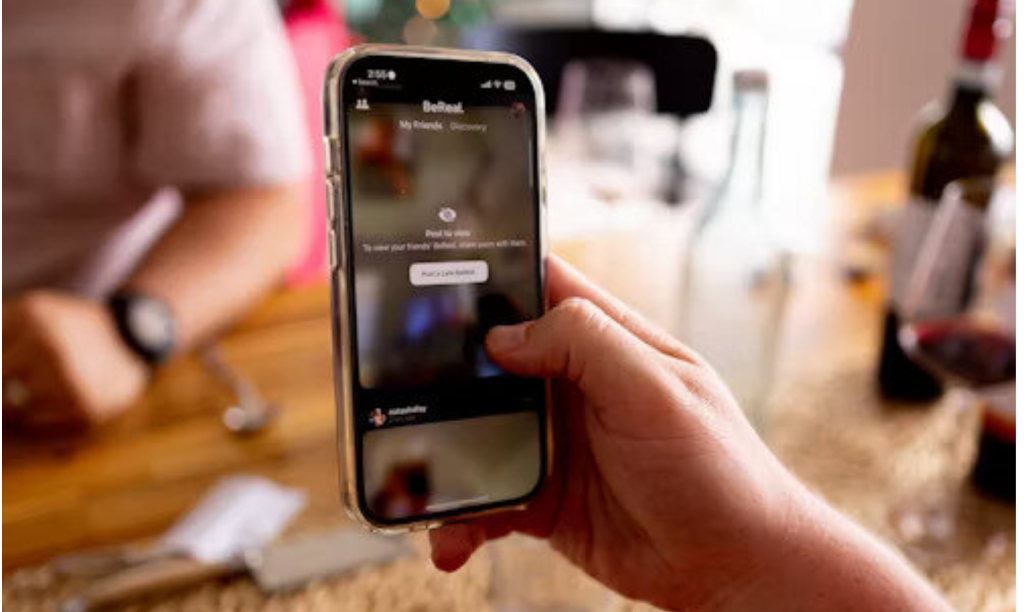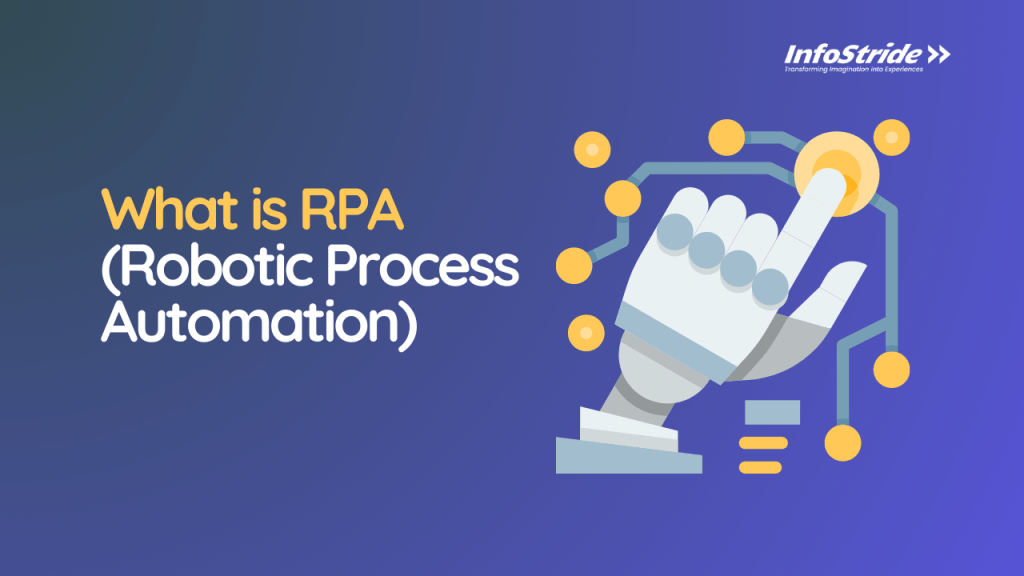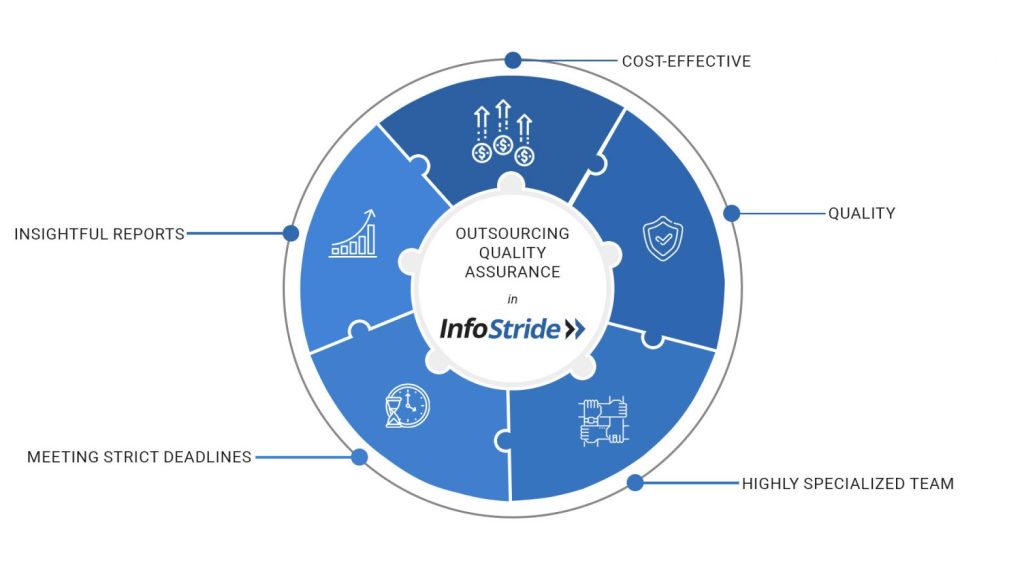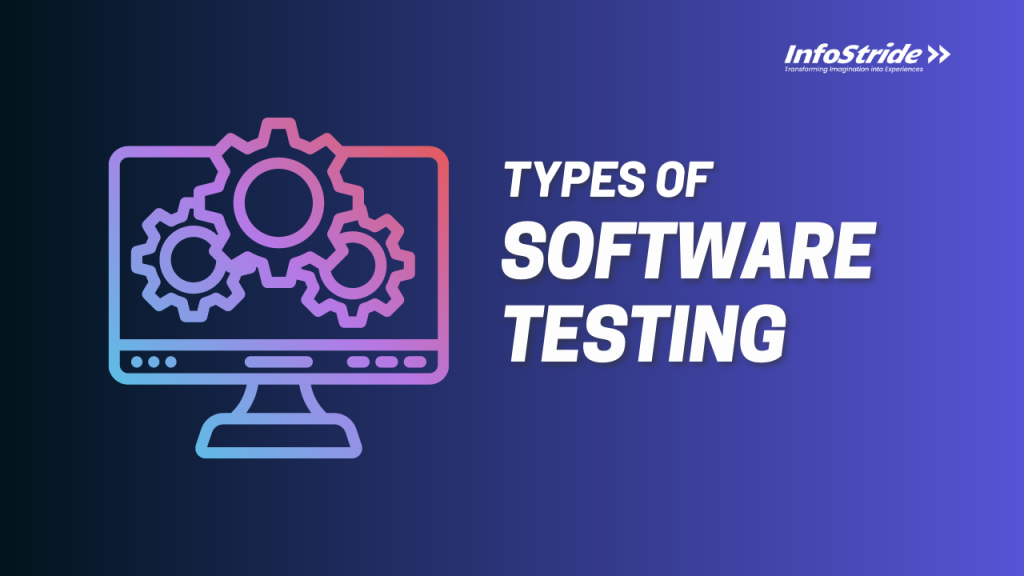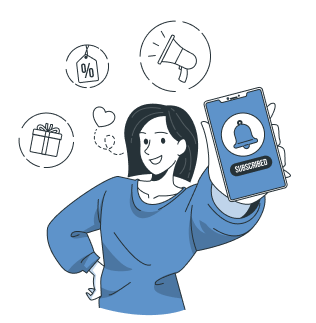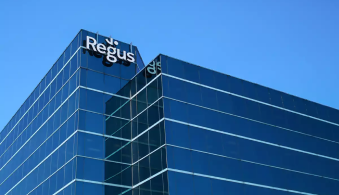The on-demand economy is booming, with global revenue expected to reach $335 billion by 2025 as businesses embrace app-driven convenience. From ride-hailing and food delivery to healthcare and home services, on demand apps have reshaped industries by offering instant access to products and services at the tap of a button. Consumers today expect speed, flexibility, and seamless digital experiences—driving businesses to invest in on demand app development to stay competitive.
However, building a successful on-demand app goes beyond just having an idea. Choosing the right business model, implementing a profitable monetization strategy, and leveraging the best tech stack are critical for long-term success. In this blog, we’ll break down the essential components of on-demand app development, helping you navigate the process with confidence.
Understanding On-Demand Business Models
What Are On-Demand Services?
On-demand services connect users with products or services instantly through a digital platform, eliminating the need for traditional intermediaries. Whether it’s ordering food, booking a ride, hiring a handyman, or scheduling a telehealth consultation, on-demand apps provide seamless convenience with just a few taps. This model has revolutionized industries like food delivery, healthcare, logistics, and home services, enabling businesses to cater to evolving consumer expectations.
Types of On-Demand Business Models
Choosing the right business model is crucial for the success of an on-demand app. Here are the three primary models:
B2C (Business to Consumer)
Businesses offer services directly to consumers through an app. This model has exploded with the on demand food delivery app development space.
- Examples: Uber (ride-hailing), Instacart (grocery delivery), Zomato (food delivery).
- Best for: Restaurants, transportation, healthcare, and personal services.
B2B (Business to Business)
One business provides on-demand services to another business.
- Examples: On-demand logistics platforms like Delhivery, trucking solutions like Convoy.
- Best for: Supply chain management, logistics, SaaS-based services.
C2C (Consumer to Consumer)
Consumers offer services or products to other consumers via an app-based marketplace.
- Examples: TaskRabbit (freelance services), Airbnb (vacation rentals).
- Best for: Peer-to-peer rentals, gig economy services, and freelance marketplaces.
How to Choose the Right Business Model?
When deciding on the best model for your on-demand app, consider the industry fit (what type of services your app will provide), your target audience (whether you are serving individuals, businesses, or both), and your revenue strategy (which monetization model—commission, subscription, or ads—aligns with your business goals). The right business model will directly impact your app’s scalability and long-term success.
Monetization Strategies for On-Demand Apps
A well-defined monetization strategy is crucial for sustaining and scaling an on-demand app. The right approach depends on your business model, industry, and target audience. Below are the most common monetization models used by successful on-demand apps:
1. Commission-Based Model
Businesses earn revenue by taking a percentage of each transaction between users and service providers.
Example: Uber, DoorDash, Instacart.
Best for: Ride-hailing, food delivery, freelance marketplaces.
Why it works: Encourages high transaction volumes without requiring upfront payments from users.
2. Subscription-Based Model
Users or businesses pay a recurring fee (monthly/annual) to access premium features or exclusive services.
Example: Amazon Prime (free shipping & exclusive deals), ClassPass (fitness class memberships).
Best for: Content streaming, fitness, SaaS-based on-demand apps.
Why it works: Ensures steady revenue and customer retention.
3. Freemium Model with Premium Features
The app is free to use, but advanced features require a one-time payment or subscription.
Example: LinkedIn Premium, Tinder Plus.
Best for: Productivity, social networking, and education apps.
Why it works: Attracts a large user base while monetizing high-value features.
4. Advertising-Based Revenue
The app generates income by displaying ads from third-party advertisers.
Example: Free apps with banner ads, sponsored listings, video ads.
Best for: High-traffic apps like media streaming, social networks, and free services.
Why it works: Users get free access, while businesses earn through ad impressions or clicks.
5. Surge Pricing & Dynamic Pricing
Pricing fluctuates based on demand, location, or availability.
Example: Uber’s surge pricing during peak hours, hotel booking apps.
Best for: Ride-hailing, travel, and last-minute service bookings.
Why it works: Maximizes revenue by adjusting prices based on real-time demand.
6. Hybrid Models
Many successful on-demand apps combine multiple monetization strategies for diversified revenue streams.
Example: Uber Eats (commission + delivery fees + advertising).
Best for: Established on-demand platforms looking to scale revenue.
Why it works: Offers flexibility and reduces dependency on a single income source.
Choosing the Right Monetization Strategy
When selecting a revenue model, consider user expectations (will they be willing to pay for premium features or tolerate ads?), industry trends (what strategies are working for competitors?), and growth potential (can the model scale as your app expands?). A well-planned monetization approach ensures profitability while maintaining a great user experience.
Essential Tech Stack for On-Demand App Development
Choosing the right tech stack is crucial for building a scalable, high-performance on-demand app. It impacts the app’s speed, security, and user experience. Below is a breakdown of the essential technologies for frontend, backend, database management, cloud hosting, and key integrations.
Frontend Technologies (User Interface & Experience)
The frontend determines how users interact with your app. The choice of technology depends on whether you’re building a native, hybrid, or cross-platform app.
- React Native – Cross-platform development with a single codebase (used by UberEats).
- Flutter – Google’s UI toolkit for building natively compiled apps.
- Swift – Ideal for high-performance iOS apps.
- Kotlin – Preferred for Android app development.
Backend Technologies (Server-Side Operations)
The backend handles business logic, user authentication, and data processing.
- Node.js – Lightweight and scalable, best for real-time updates.
- Django – A Python-based framework with built-in security features.
- Ruby on Rails – Rapid development and ideal for startups.
Database Management (Storing User & Transaction Data)
Efficient data management ensures seamless app performance and security.
- Firebase – Real-time NoSQL database with built-in authentication.
- MongoDB – Scalable NoSQL database for handling large user bases.
- PostgreSQL – Open-source relational database with strong security.
Cloud Solutions (Hosting & Scalability)
Cloud services provide reliable infrastructure for storing, processing, and securing data.
- AWS – Scalable cloud storage and computing services.
- Google Cloud – Cost-effective and optimized for AI/ML-based apps.
- Azure – Best for enterprise-level security and compliance.
APIs & Integrations (Enhancing App Functionality)
Integrating third-party APIs helps enhance app functionality without building everything from scratch.
Payment Gateways: Secure transactions and multiple payment options.
- Stripe, PayPal, Razorpay.
Geolocation & Maps: Essential for tracking deliveries, rides, or nearby services.
- Google Maps API, Mapbox.
Push Notifications: Keeps users engaged with real-time alerts.
- Firebase Cloud Messaging (FCM), Twilio.
Chat & Customer Support: Enables in-app communication.
- Twilio, SendBird.
Choosing the Right Tech Stack
When selecting a tech stack, consider the app type (native, cross-platform, or web-based), scalability (can it handle growing user demands?), security (ensuring data protection and compliance), and development speed (faster iterations for MVP and beyond). A well-planned tech stack ensures a seamless user experience, efficient performance, and long-term scalability for your on-demand app.
MVP Development: Why It’s Essential for On-Demand Apps
Launching an on-demand app with a Minimum Viable Product (MVP) is a smart approach to validate your business idea while minimizing risks and development costs. An MVP focuses on building a basic version of your app with core functionalities, allowing businesses to test the market, gather user feedback, and refine the product before a full-scale launch.
Key Features to Include in an MVP
To ensure a functional and engaging user experience, an MVP for an on-demand app should include:
- User Registration & Profiles – Seamless sign-up/login using email, phone, or social media.
- Real-Time Tracking – GPS-based tracking for deliveries, ride-sharing, or service providers.
- Secure Payment Options – Integration with payment gateways like Stripe, PayPal, and Apple Pay.
- Ratings & Reviews – User-generated feedback to enhance trust and service quality.
How MVP Development Reduces Costs & Risks
Developing an MVP allows businesses to test their assumptions with real users before investing in full-scale development. It helps in:
Reducing costs by focusing only on must-have features.
Faster time-to-market to stay ahead of competitors.
Iterating based on user feedback instead of assumptions.
Attracting investors with a working prototype.
By starting with an MVP, businesses can refine their app efficiently and scale based on market demand. Learn more about our MVP Development Services and how we can help you bring your on-demand app idea to life.
Best Practices for Successful On-Demand App Development
To ensure your on-demand app stands out in a competitive market, following best practices is key. These practices not only enhance user experience but also help in scaling the app efficiently, ensuring security, and maintaining compliance.
User-Centric UI/UX Design
Your app’s interface should prioritize user experience, ensuring it is intuitive, easy to navigate, and engaging. A clean and responsive design tailored to user needs increases engagement and encourages repeat use.
- Tip: Use a mobile-first approach and simplify the onboarding process to reduce friction for new users.
Seamless & Secure Payment Integration
Payment integration is a crucial aspect of on-demand apps, as users expect a secure and smooth checkout experience. Ensure your app supports popular payment gateways like Stripe, PayPal, and Apple Pay.
- Tip: Implement SSL encryption and two-factor authentication to guarantee security during financial transactions.
Scalability & Performance Optimization
As your user base grows, ensuring that your app can handle increasing traffic and activity is essential. Build with scalability in mind and optimize performance to prevent crashes or slow load times. For instance, for service-based apps like on-demand handyman app development, ensuring seamless scheduling, real-time tracking, and reliable payment integrations is key to user satisfaction.
- Tip: Leverage cloud infrastructure (AWS, Google Cloud) to scale resources as needed and optimize code for faster response times.
AI-driven Personalization & Automation
Implementing AI can personalize the user experience by offering relevant recommendations, promotions, or content. Additionally, automation (like chatbots or predictive analytics) can enhance customer support and operational efficiency.
- Tip: Use machine learning algorithms to suggest services or products based on user behavior and preferences.
Compliance with Legal & Security Standards
Ensure your app complies with relevant laws and regulations, including GDPR, HIPAA (if applicable), and PCI DSS for secure payment transactions. Adhering to these standards builds trust and ensures data privacy.
- Tip: Regularly update your privacy policy and ensure that your app follows the best security practices to safeguard user data.
By incorporating these best practices, your on-demand app will not only provide a great user experience but also ensure long-term growth, security, and compliance.
Bringing Your On-Demand App Vision to Life
In the fast-paced world of on-demand app development, choosing the right business model, monetization strategy, and tech stack can make or break your success. By aligning these elements with your target audience and business goals, you can create an app that not only meets user needs but also scales efficiently. Ensuring a smooth development process requires expertise in both the technical and business aspects of app creation.
Partnering with an experienced on-demand app development company like InfoStride can help you navigate the complexities of the development journey. From concept to launch, we provide end-to-end services, ensuring that your app is built for success, security, and scalability. Explore our On-Demand App Development Services and let’s turn your idea into a reality today!
